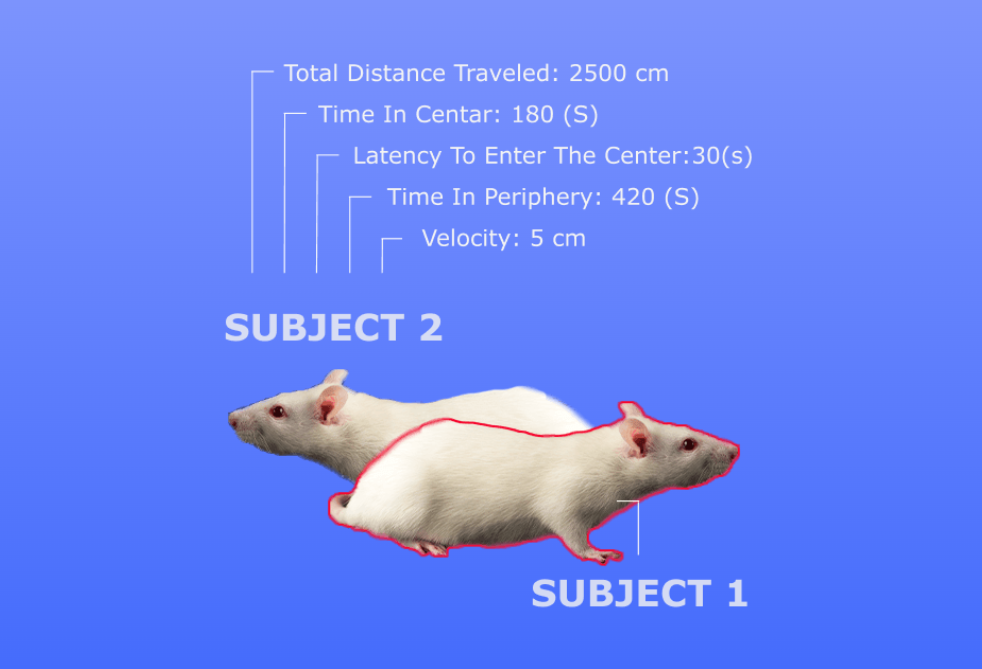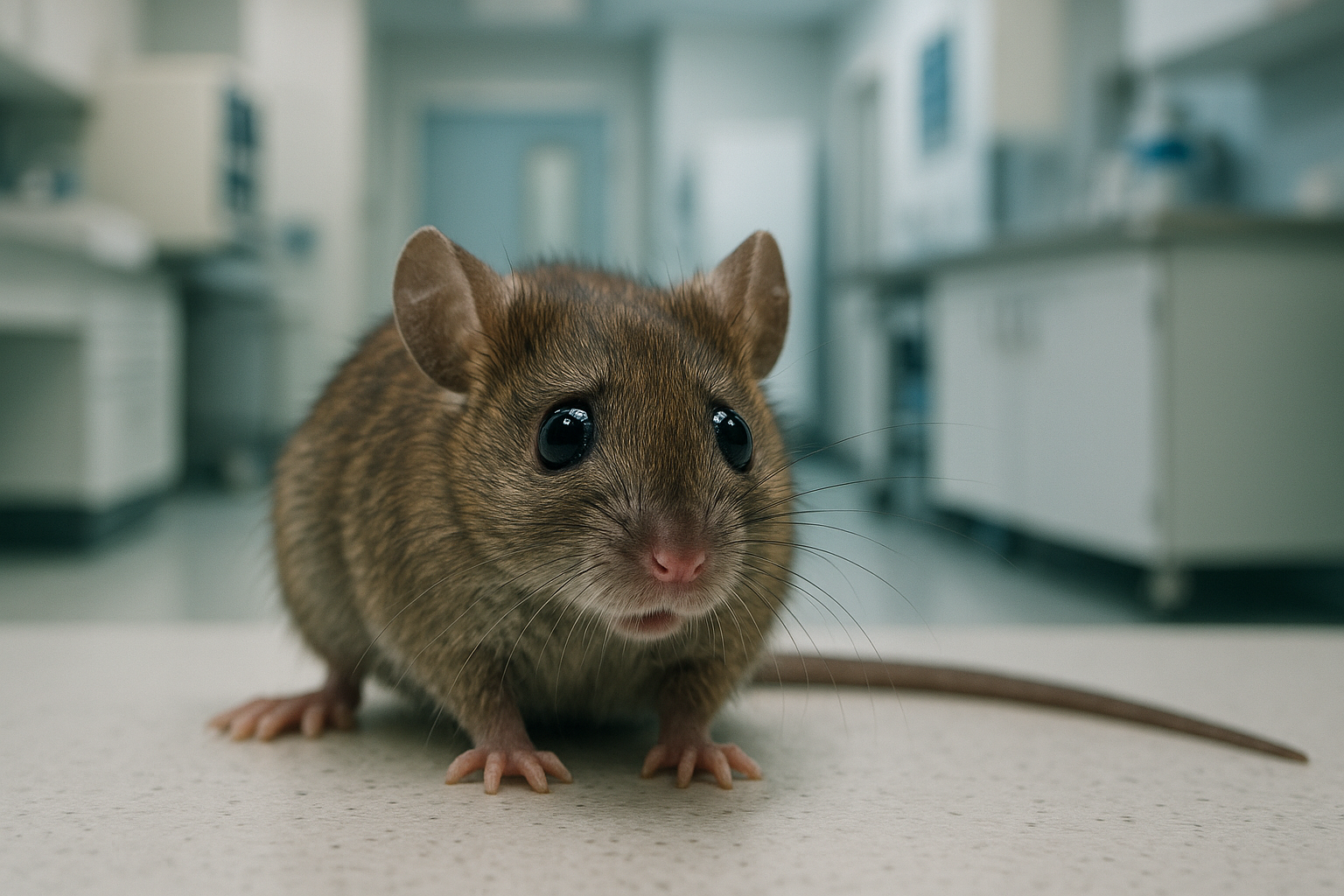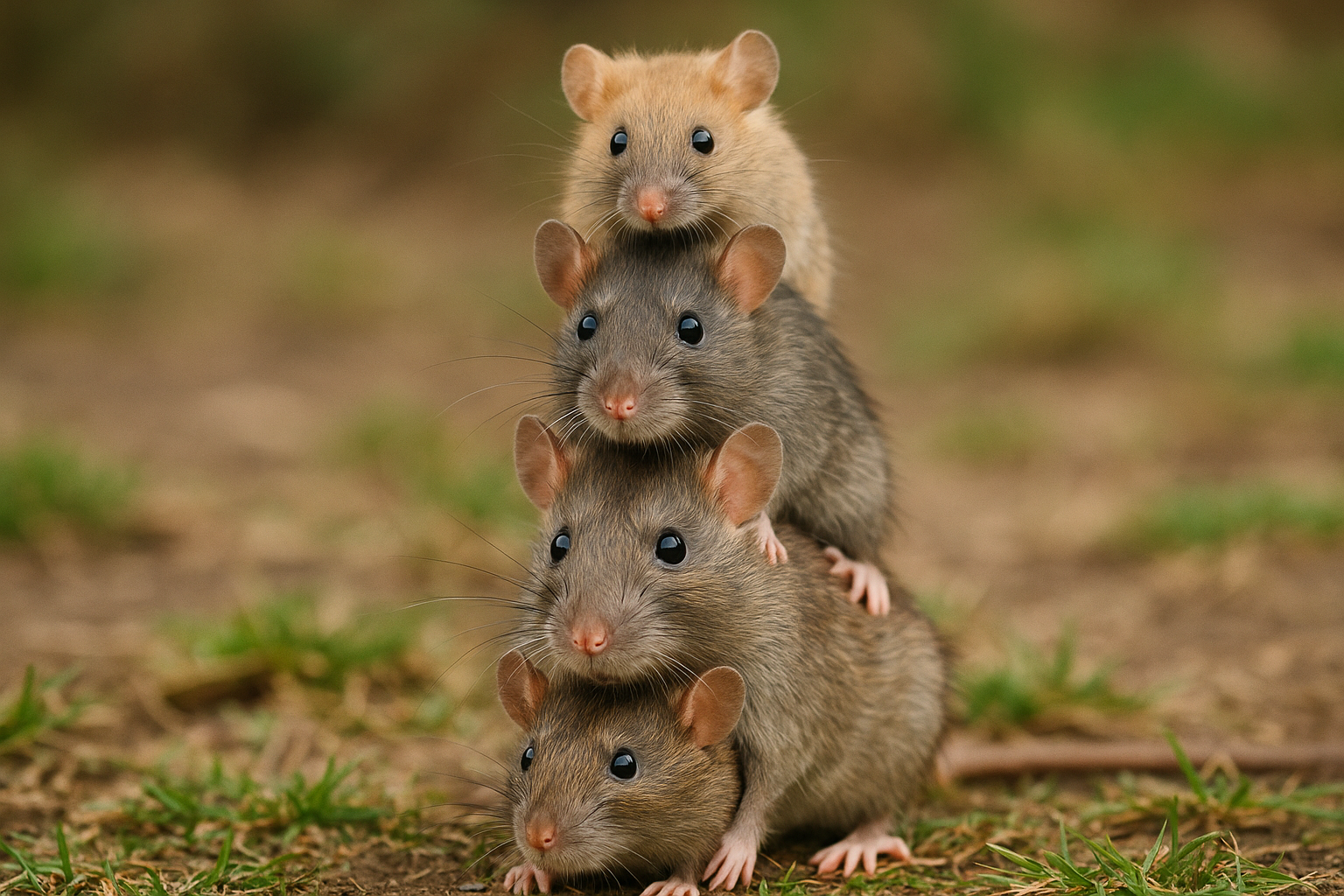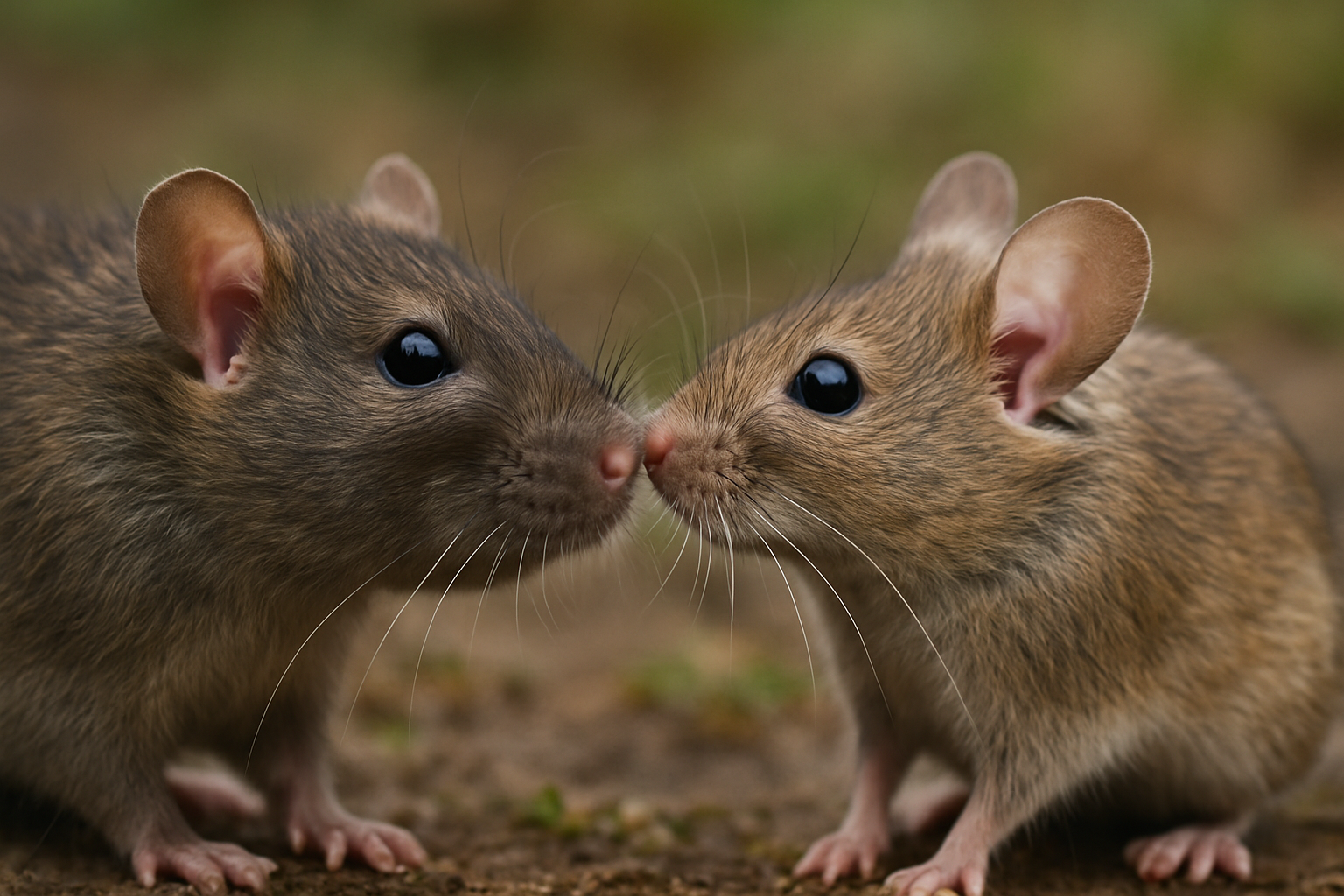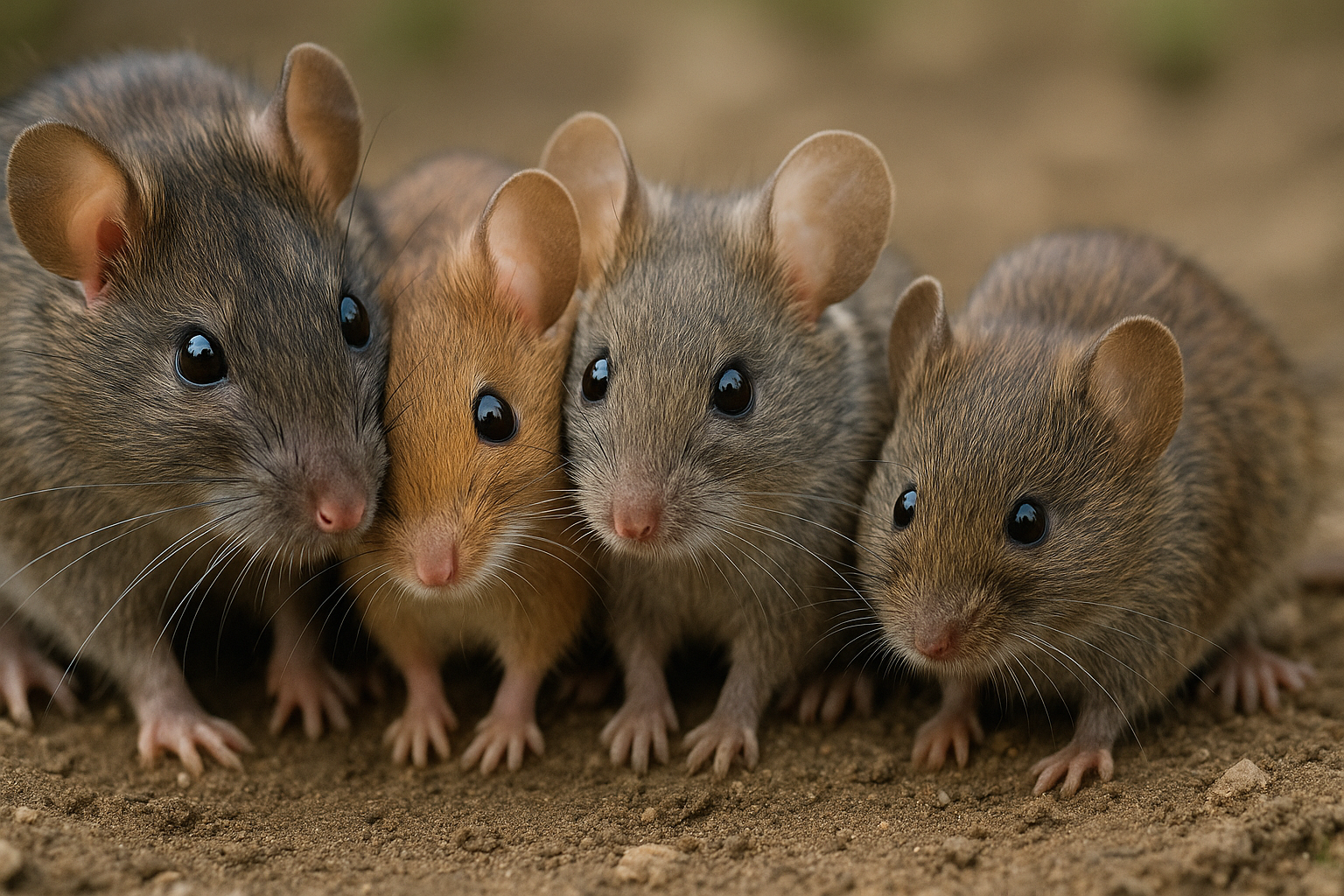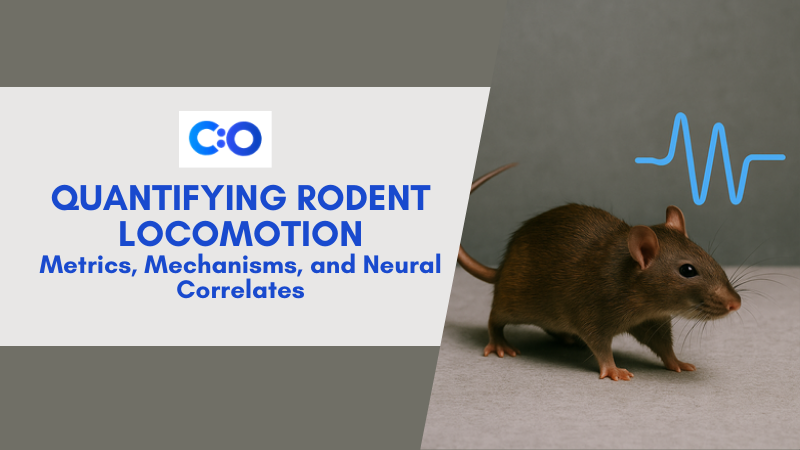1. Social Behavior Studies
Tracking systems enable researchers to study interactions within groups, such as:
Establishing dominance hierarchies.
Examining cooperative problem-solving.
Analyzing affiliative or aggressive behaviors in response to environmental changes.
ConductVision’s ability to handle complex interactions in dynamic settings makes it particularly well-suited for these studies, especially in experiments involving social hierarchies.
2. Neurological and Psychiatric Disorders
Multi-animal tracking is invaluable for studying neurological conditions such as Parkinson’s disease, ALS, and autism spectrum disorders. Detailed metrics on motor coordination, social behavior, and exploratory activity provide insights into disease mechanisms and potential therapies.
3. Addiction Research
In drug self-administration models, tracking multiple animals allows researchers to study how social dynamics influence drug-seeking behavior and relapse. ConductVision’s robust tracking capabilities ensure reliable data collection in these challenging contexts.
4. Naturalistic Studies
Multi-animal tracking in semi-naturalistic environments offers an opportunity to observe species-specific behaviors, providing insights into ecological adaptations and evolutionary mechanisms. ConductVision’s advanced tracking algorithms excel in handling these settings, maintaining accuracy without disrupting natural behavior.
